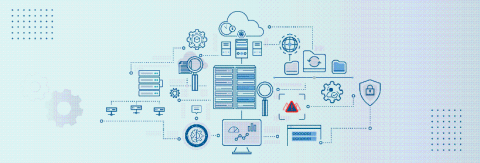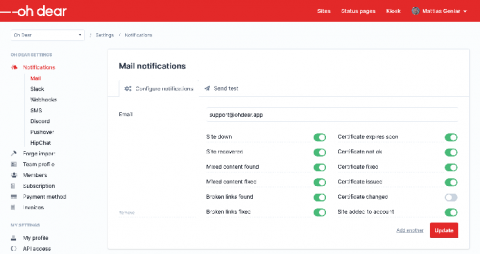Does Observability Throw You for a Loop? Part Two: Close with Controllability
In part one, we introduced the duality of observability, controllability. As a reminder, observability is the ability to infer the internal state of a "machine” from externally exposed signals. Controllability is the ability to control input to direct the internal state to the desired outcome. So observability is a loop problem. And we need to stop treating it as the end state of our challenge in delivering performant, quality experiences to our users and customers.










